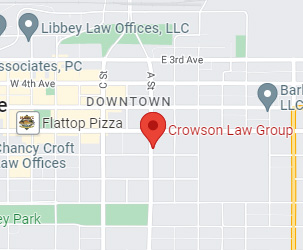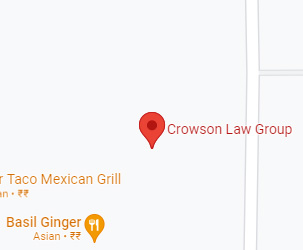The Complaint In a Personal Injury Lawsuit

At the onset of any personal injury lawsuit, a pivotal document initiates the process – the complaint. The complaint serves as your voice, communicating to the court and the party you are suing, known as the defendant, that you are seeking legal redress for your losses. In this article, you learn about the different aspects of a personal injury complaint, shedding light on their significance and complexity.
What Does a Complaint Look Like?
A personal injury complaint has a structured appearance. It is organized and composed of numbered paragraphs, each with a specific purpose. These paragraphs collectively highlight your case, including:
- The injuries you have sustained.
- Factual details. This section narrates the circumstances surrounding your injuries.
- The defendant. You will find the identity of the party being sued, whether an individual or an entity.
- Legal basis. It lays down the legal groundwork for your grievance, specifying the legal principles on which your complaint is built.
- Compensation claim. The complaint states the amount of compensation, or “damages,” you intend to seek.
Civil complaints, like those in a personal injury case, adhere to stringent standards regarding form and content. However, these standards may vary depending on the jurisdiction of the case.
In certain jurisdictions, plaintiffs, even in personal injury cases, can use a “form” complaint from the court or a judicial council. These forms streamline the process, offering checkboxes and pre-printed allegations while allowing room for essential details such as the date of the incident and the defendant’s name.
Jurisdictional Issues
Jurisdictional matters often play a crucial role at the beginning of personal injury complaints. These opening paragraphs blend facts and law, explaining why you have filed your complaint in a particular court or jurisdiction.
This decision depends on many factors, including where the injury occurred, where you reside, and the legal requirements outlined in state statutes or court rules. Jurisdictional allegations support your assertion of jurisdiction, providing a legal foundation for your case.
Factual Allegations
Factual allegations are your opportunity to narrate how the injury unfolded. Your attorney in Anchorage, AK, will craft these allegations to establish fault regarding the accident’s cause. They can be as detailed or concise as necessary, but in a personal injury case, including essential facts is crucial.
Legal Allegations
These allegations introduce the legal framework for claiming damages. Typically divided by counts, each representing a different legal theory for recovery, these allegations can be diverse. While negligence is often the cornerstone, including other counts depends on the intricacies of the injury. Consider a toxic tort case, where negligence, nuisance, and violation of local consumer protection laws coexist, providing multiple avenues for redress.
Legal allegations bridge the gap between facts and legal doctrine, showing why the defendant should be held responsible for your injuries. They dissect the defendant’s duty of care, how it was breached, how it led to the injury, and how you, the plaintiff, suffered as a result.
Once the complaint is submitted to the court and served on the defendant, along with a summons, the defendant will respond with an “answer.” This answer sets the stage for the unfolding of the lawsuit, with each step guided by the rules and procedures of the courtroom.
The complaint is the opening chapter of a complex legal novel. It is a powerful tool that allows you to seek justice, redress, and the protection of your rights. As you continue on this legal path, remember that knowledge and strategy are your allies. If your circumstances are unique, you require the expertise of a personal injury attorney.


